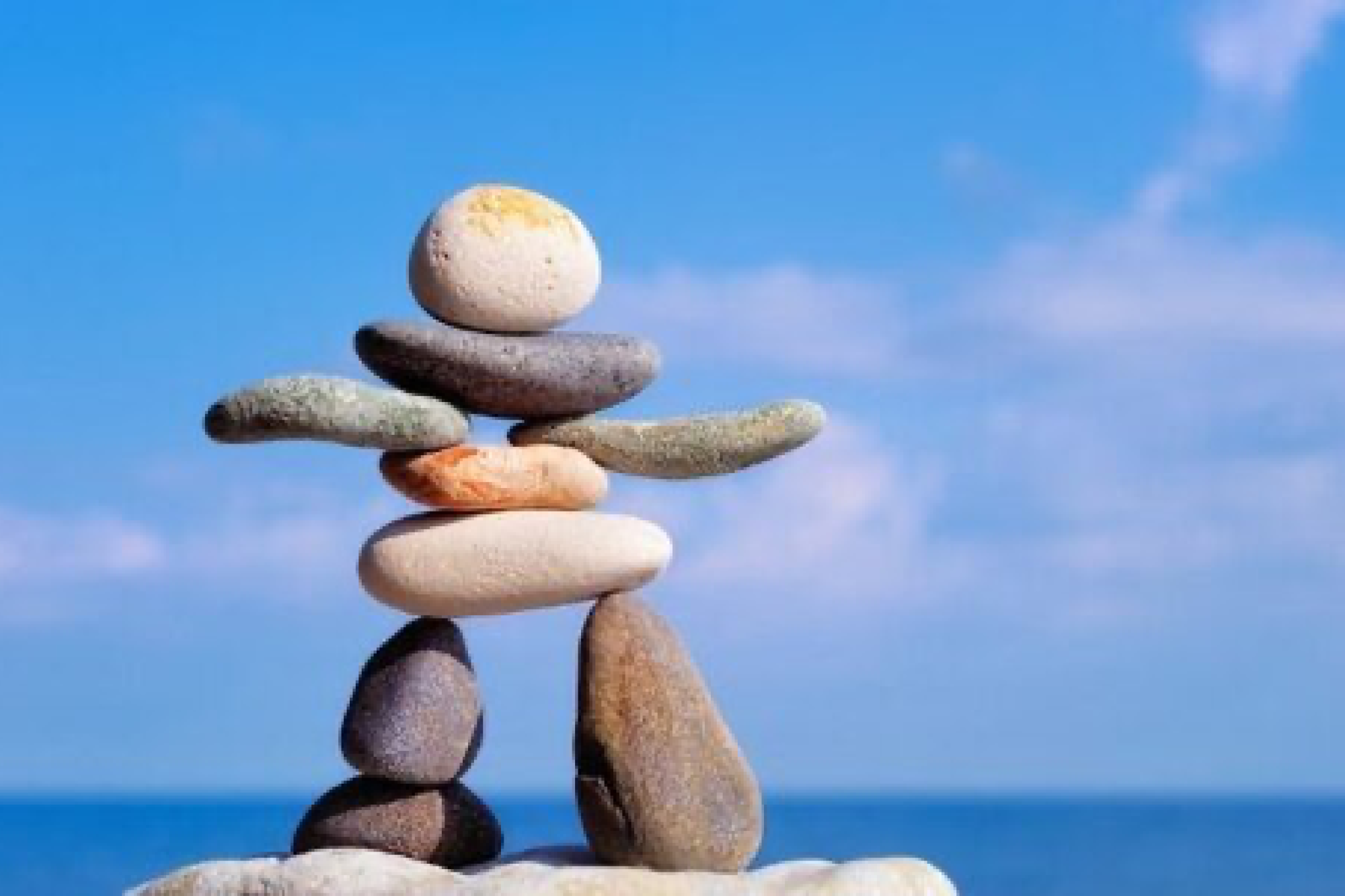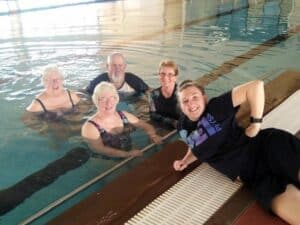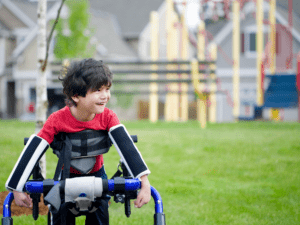Balance, believe it or not, is one of the four types of exercise alongside endurance, strength and flexibility. Balance is often taken for granted as we tend not to focus on it until it becomes compromised. One of the reasons we should all train balance is to increase our stability and proprioception, which both play a significant role in recovery and active aging.
At a young age, our training focus is primarily on getting strong through strength training, as well as maintaining as much endurance as possible. At this age, balance is often taken for granted and rarely trained, despite its effects on reducing the risk of injury. However, as we age our balance becomes impaired due to a variety of reasons. Possible reasons include medications, loss of strength, poor reaction time, as well as a variety of chronic conditions such as Parkinson’s Disease, Multiple sclerosis, Diabetes and much more! A simple trip or loss of balance can be somewhat a coincidence, however as we age the risk of serious injury increases and can sometimes become life threatening!
Having good balance is important in many activities of daily living, such as walking the block, travelling up and down stairs or simply getting out of a chair. The good news about balance is that there are some simple exercises you can complete that can help prevent falls. Unlike other exercise types, balance exercises can be completed every day or as often as you like. For those at an increased risk of falling, try to complete some balance exercises 3 times a week.
Some simple balance exercises you can try at home, in your hallway or at the kitchen bench include:
- Single Leg Balance, standing as long as you can without assistance. Maybe ask someone to time you to see if you are improving.
- You can pretend to walk a tightrope down your hallway, making sure your feet are travelling in a straight line.
- Try standing on a pillow or old cushion with your feet together. If this is to easy, place one foot in front of the other.




